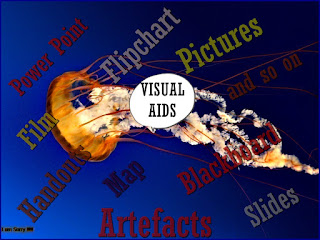Visual aids
In teaching and learning process, visual aids are considered as any authentic materials that enable the students to see and understand what the teacher is teaching or talking about.
Types of Visual aids
There are many types of visual aids. However, We will not mention all of them. We will just mention and discuss those which are more used in secondary schools, Mozambique.
Types of Visual aids: Power Point, Pictures, Flipchart, Handouts, Blackboard/whiteboard, Slides, Video, Artefacts, students, classroom elements, etc.
Advantage of Visual aids
Visual aids are extremely important in teaching and learning process due to the following reasons:
Visual aids are interesting- when you show the students what you are teaching, they become interested and involved in the lesson and after the lesson, they remember what learned in easy way. Furthermore, when they find the lesson interesting, they will store easily what they are being taught or are studying. Moreover, visual aids are motivating because they enable the students to pay attention to the lesson. They make students be concentrated on the lesson as well.
Disadvantage of visual aids
Visual aids have some disadvantages; they take long time (time consuming) in their preparation. In addition to this, they are sometimes distracting because the students may pay more attention on what they see (visual aids) than what they are being taught. Furthermore, if the teacher uses pictures that are not big enough, the students in the back of the classroom may not see well what is in the pictures, so visual aids should be big enough so any student can see them.



